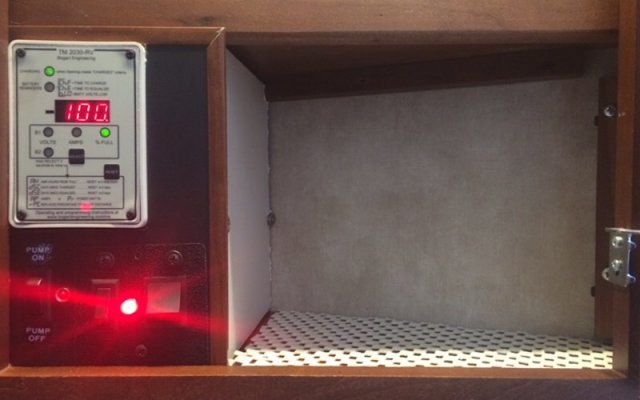Jim Hilburn
Member
- Joined
- Jun 13, 2017
- Posts
- 24
OK, me again.
I'm trying to figure out if my 2 12v in parallel is going to run my funace intermittently through the night. The furnace fan pulls about 7 amps. I don't want to actually run it and burn up propane and the only way to run the fan alone is to continuously turn it on and off to get the 2 minute cycle.
So instead I have every light in the house on and come up with just over 7a. The batteries are freshly charged from my solar suitcase and began at 12.8 but the load brings it to 12.2v. The question is about at what voltage to terminate the test, knowing the voltage will increase once the load is removed. As low as 11.8 maybe? Don't want to do damage just to test how long it will sustain this load.
I'm trying to figure out if my 2 12v in parallel is going to run my funace intermittently through the night. The furnace fan pulls about 7 amps. I don't want to actually run it and burn up propane and the only way to run the fan alone is to continuously turn it on and off to get the 2 minute cycle.
So instead I have every light in the house on and come up with just over 7a. The batteries are freshly charged from my solar suitcase and began at 12.8 but the load brings it to 12.2v. The question is about at what voltage to terminate the test, knowing the voltage will increase once the load is removed. As low as 11.8 maybe? Don't want to do damage just to test how long it will sustain this load.

